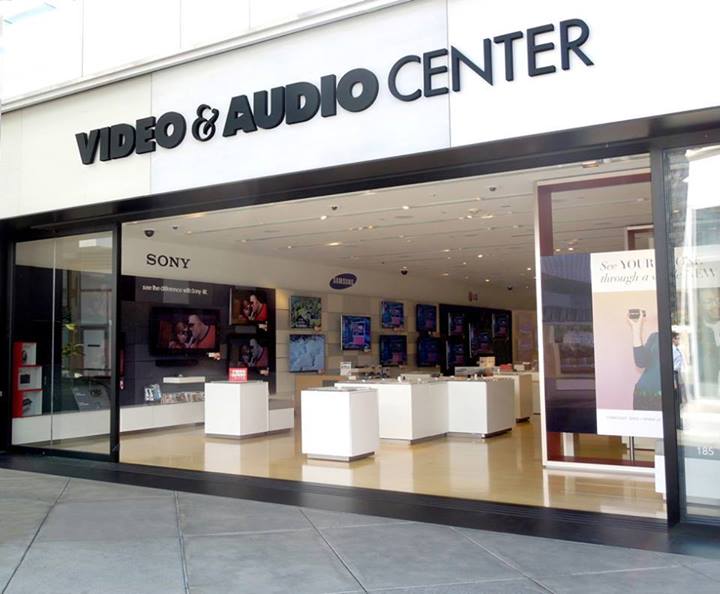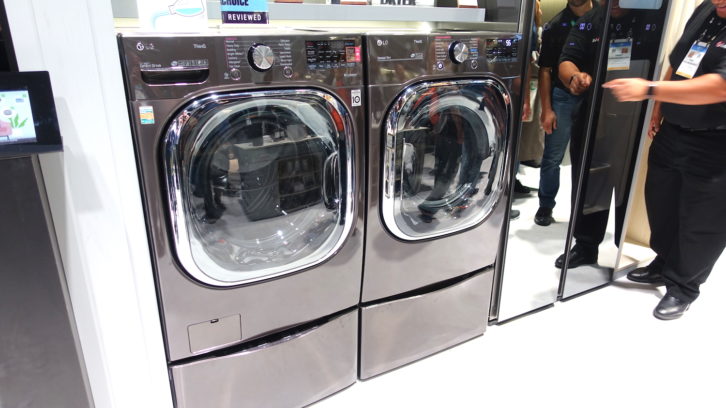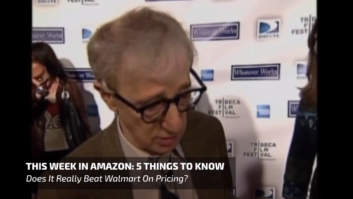
“We are finding business challenging with the advent of COVID-19,” understates Joseph Akhtarzad, co-owner of Video & Audio Center, unintentionally encapsulating what everyone in the consumer technology industry is experiencing these days.
In-store traffic is down. Staffing presents uncomfortable and conflicting moral and economic conundrums. Vendors can’t seem to produce the products they want or deliver the products retailers need. Retailers are discovering demand for products in unexpected volumes.
And yet….
“Business is far stronger than originally anticipated,” reports Dave Workman, CEO and president of the ProSource buying group. “The consumer seems to be prioritizing in-home spending over other discretionary categories such as travel.”
 Robert Cole, founder-CEO of Philadelphia’s World Wide Stereo, offers a less rosy view of the state of today’s consumer technology business. “The virus has proven resilient, the government incompetent and many people foolish, and we are still in the first wave. People who think this is the second wave are dreaming. But retailers are scrappy people and generally will find a way. You either find a way or we go out of business.”
Robert Cole, founder-CEO of Philadelphia’s World Wide Stereo, offers a less rosy view of the state of today’s consumer technology business. “The virus has proven resilient, the government incompetent and many people foolish, and we are still in the first wave. People who think this is the second wave are dreaming. But retailers are scrappy people and generally will find a way. You either find a way or we go out of business.”
This divergence of opinion is reflected in conflicting retail sales numbers. In its May retail results, the U.S. Census Bureau depressingly reported that electronics and appliance dealer sales were down 19.3% for the first five months of 2020 compared the same period last year. But according to Stephen Baker, VP and industry advisor for technology & mobile for the NPD Group, these government numbers include only retailers who specialize in electronics and appliances, and not the broad expanse of retailers who sell consumer technology. Accounting for the entire universe of consumer technology outlets, NPD has conversely measured a 9% increase in overall consumer technology sales revenue, with 19% and 23% sales revenue increases for April and May, respectively, reflecting disparate parts of the country reopening.
See also: Q&A With NPD Group’s Stephen Baker
This statistical polarity, however, does reveal a wide spectrum of retail success, survival and failure. Retailers of all types, shapes and sizes in all regions of country have either taken the opportunity and been forced to rethink nearly all facets of their business to survive or even succeed – how they attract, communicate with and sell to customers, how they merchandise, what products they stock, how they get goods from vendors, and how they get goods to customers. According to a May survey by the Nationwide Marketing Group, 60% of brick and mortar dealers made some adjustment to their operations during the pandemic, including 27% who reported reducing hours, while 33% added e-commerce, 31% added online chat, and 14% produced live demo videos.
“Obviously retailers who could stay open, or those who had a well-run and functioning online store, outperformed others,” Baker observes.
Changed Selling Methods
With in-store sales largely curtailed, most retailers have re-jiggered their e-commerce strategy. “Until the pandemic subsides, retailers need to get their omnichannel processes down to a science,” says Sucharita Kodali, retail analyst for Forrester. As a result, the share of revenue from e-commerce has skyrocketed. While the importance of e-commerce has been rising gradually each year, NPD reports that 59% of consumer technology revenue emanated from e-commerce during the first four months of 2020, compared to 48% of overall sales revenue for the first four months of 2019.
But it’s not just the rising importance of e-commerce, but how brick & mortar retailers are bending e-commerce to their will.
“A website that is not transactional, or does not have live inventory, is not OK these days,” advises Robert Heiblim, co-founder at Bluesalve Partners consulting. “Do you offer BOPIS – a horrible term – but buy-online-pick-up -in-store is very very popular and important. How does the customer get the goods? Curbside pickup, yes or no? Buy online, return in-store, yes or no? Delivery, yes no, free or not? The non-answers to so many of these freeze out many fine retailers who have otherwise kicked the can down the road and sent their customer elsewhere like Best Buy or Amazon, both of whom fared well.”
As the economy and retailers begin to re-open in fits-and-starts, will the disparity between in-store and e-commerce begin to normalize? Or, will consumers maintain their increasing comfort and developing habit of shopping online and picking up at/in store?
“There is clearly a further shift to online transactions going on right now,” Workman observes. “I see the general market as more bifurcated than ever. Not everyone will survive through this, but, as was the case back in 2008, the strong get stronger. I believe online interaction with the consumer will be a permanent change along with continued use of web sites for purchase considerations.”
Best COVID Categories
 Even with states re-opening, consumers are still sheltering-in-place en masse. And being sequestered indoors has altered what products consumers are buying, such as replacement appliances and especially lower-priced TVs.
Even with states re-opening, consumers are still sheltering-in-place en masse. And being sequestered indoors has altered what products consumers are buying, such as replacement appliances and especially lower-priced TVs.
According to NPD, overall TV sales in the most COVID-impacted months of March, April and May were up a whopping 27%, compared to just 13% in the same three months last year. And these increases are not isolated to a particular size; sales of 65-inch models are up 55% compared to only 29% last year, and sales of 32-inch sets were up 35%, compared to just 11% last year. And even with razor-thin margins, TV sales revenue has risen 15-18%.
What’s important to note about these bountiful TV sales was not size, but price. Sales of high-priced sets, especially new 8K models, have been “anemic” according to Baker. “It does not appear 8K will be a meaningful upgrade for the vast majority of consumers until price points get down to much much more affordable levels,” Baker states.
Other tech categories have also seen sales spikes such as video games, but most prominently an expanded COVID-induced category dubbed WFH – work from home.
“Work from home users in March, April and even May stepped up purchases for WFH gear like notebooks especially, webcams, headphones, etc., and other critical accessories, which should not be shocking,” notes Mark Vena, senior analyst at Moor Insights & Strategy. “There have been supply chain disruptions with many of these critical accessories, especially laptops and webcams, as the supply chains were not ready for the rapid spike in demand. But with a few exceptions, most demand is now being satisfied and it’s buoyed the overall category.” Categories tied to home office solutions, organization, and school from home saw double- and triple-digit dollar sales increases at retail, according to NPD, led by USB cameras and monitors, “although [WFH] growth is beginning to level off,” Baker notes.
How – or whether – retailers adapt to how consumers are shopping during a pandemic and take advantage of new customer product desires could mark the difference between success or failure for many retailers. Notes Heiblim, “these decisions or lack of them have drawn a shining bright line between the haves and have nots, and the results follow.”
See also: COVID-19 Uncertainty Clouds Q4 Outlook












